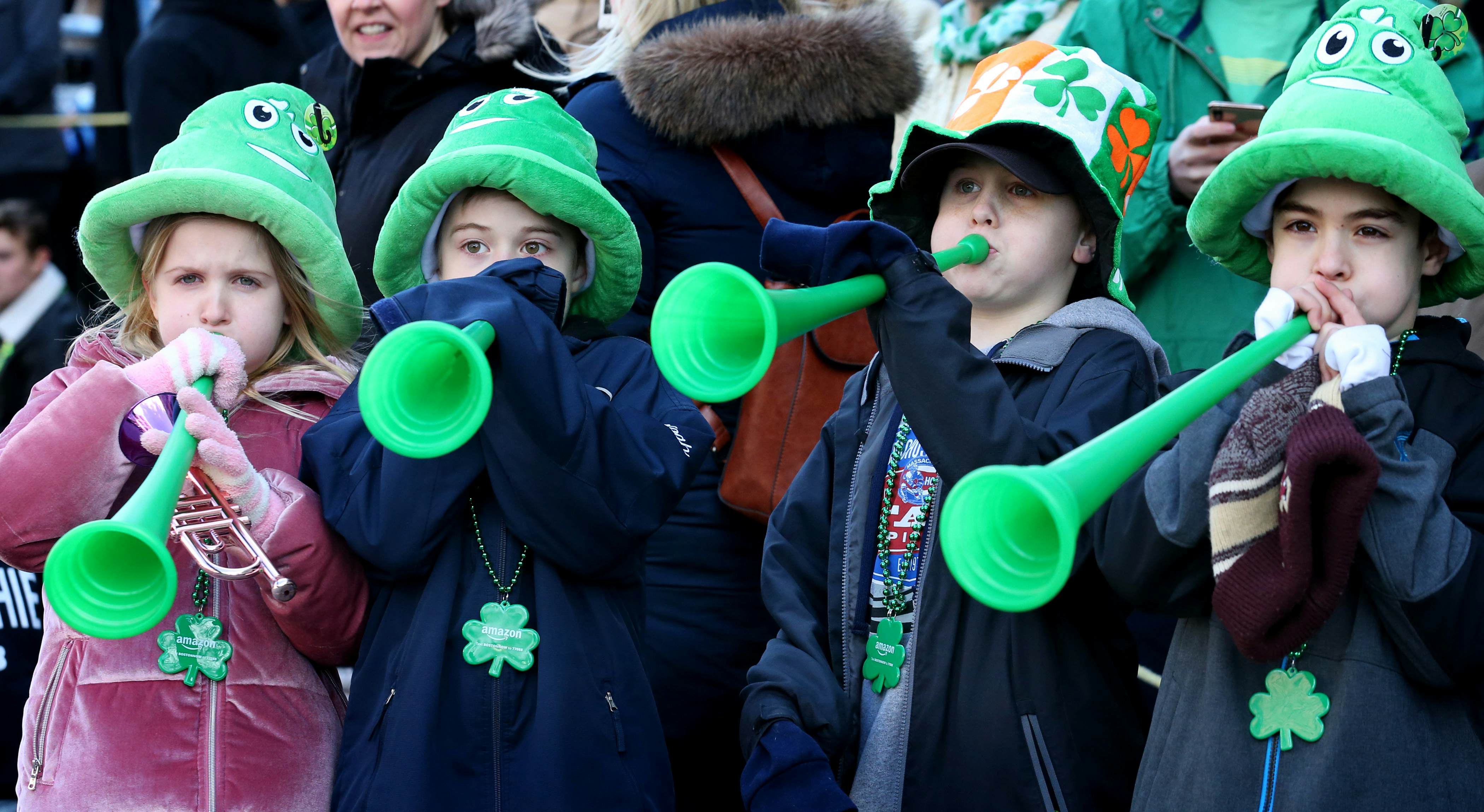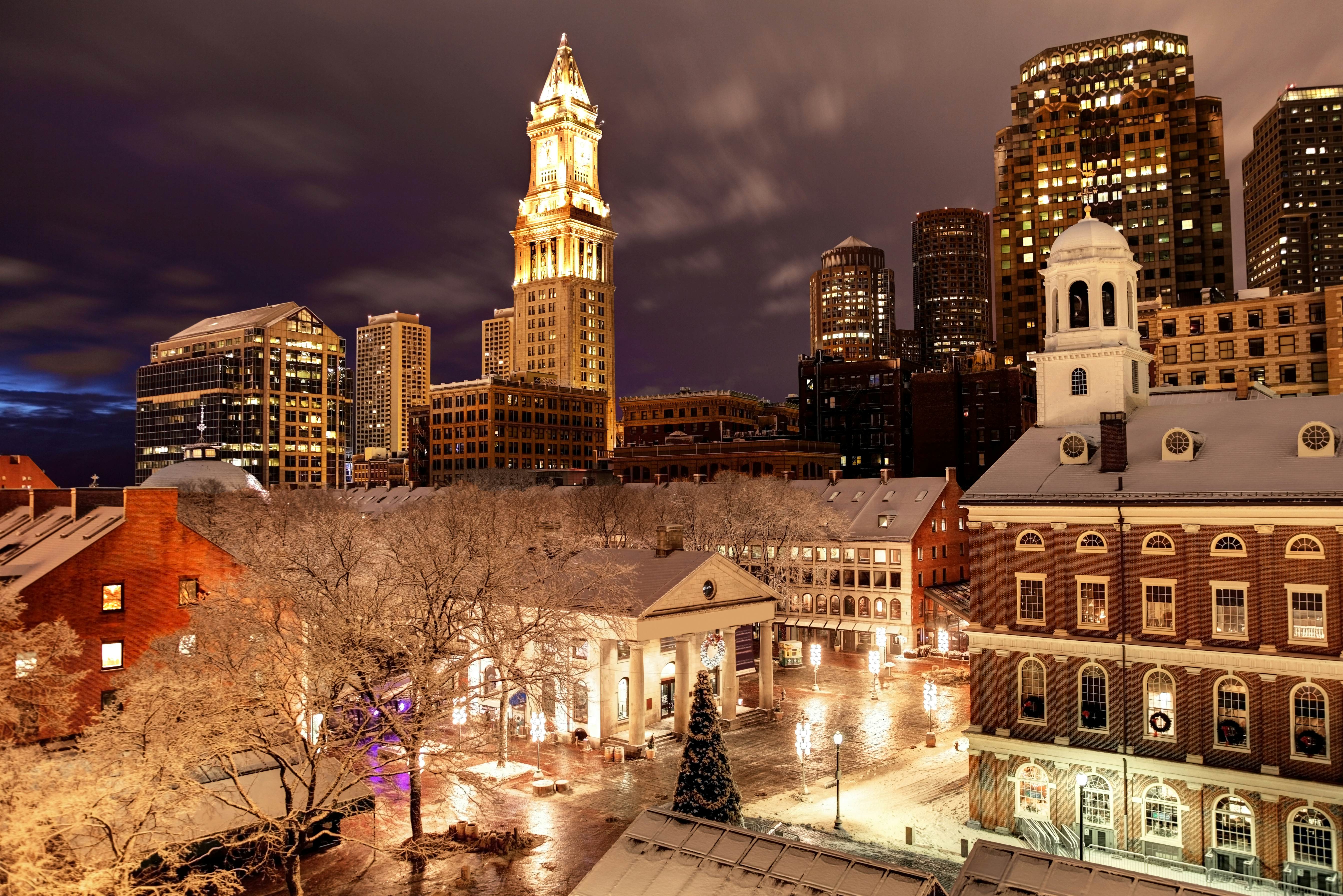Though summer is arguably Beantown’s high season, Boston flaunts its magic all year round.
The public parks, harbor and surrounding waterfront offer a wealth of activities for everyone year-round - from ice skating on the frozen ponds in winter to outdoor yoga come spring, picnics and pop-up beer gardens in summer, and autumn strolls under falling golden leaves. Here's how to choose the best time to visit Boston for you.
June to August is Boston in all its glory
Summer, generally June to August, is the glory time for Boston’s showcase attractions like outdoor sporting events and waterfront dining. Of course, it can also mean crowds of visitors at the city’s most coveted attractions - walking the Freedom Trail, sailing the Harbor, indulging in a lobster feast at a waterside restaurant, and meandering the boutiques and galleries along Newbury Street.
Boston’s version of restaurant week, called “Dine Out Boston,” takes place twice a year, including once in August, so you can find some good deals. It’s wise to book hotels and excursions as far in advance as possible if you’re visiting in summer to ensure you won’t miss out.
June sees average temperatures in the mid-70s, while July and August's temperatures increase to the low- to mid-80s, though that can feel hotter depending on where you are in the concrete jungle. The occasional summer storm might roll in, but there are plenty of indoor attractions too, like the New England Aquarium and great museums.

March to May and September through November bring colorful flowers and foliage
Spring and autumn are wonderful in Boston, with balmy, mild temperatures perfect for strolling and exploring. Crowds will be thinner and the backdrop is full of spring flowers like rosy-hued magnolias from March to May, while September through November means the reds and yellows of New England leaves.
Key events in spring include the St. Patrick’s Day Parade in March and the Boston Marathon in April. In fall, September brings Oktoberfest festivities throughout the city, when you can count on food vendors, live entertainment and, of course, lots of beer. The third weekend in October is the Head of the Charles Regatta, three days of rowing races on the Charles River that attract thousands of elite competitors and several hundred thousand spectators.
Average temperatures in spring and fall typically range from 50-60F, with early fall offering the possibility of summer-like stretches of sunshine.

December to February is best for fewer crowds and lower costs
It’s really no secret that Boston winters are cold, and they can also be pretty snowy. Furthermore, though Chicago’s moniker is the “windy city,” a variety of statistics show that Boston is actually windier. With all that said, if you come prepared - pack a warm jacket and cozy accessories - Boston’s low season can be enjoyable because of its low tourist numbers and more local atmosphere. Plus, you’re more likely to snag reservations at favored restaurants.
December also means holiday magic; twinkling trees and festive pop-ups are a great reason to brave the chill. Another is the three-month-long Boston Wine & Food Festival, which starts mid-January and runs through the end of March.
Do dress appropriately, though. The cold temperatures typically blow in during December, averaging between 30 to 40F, but that dips in January and February, when average lows hover between 20-25F. Wind chill can often exacerbate the cold, making temperatures feel even lower (don’t forget to look at the “feels like” temperature on the weather to be sure you’re properly prepared).


